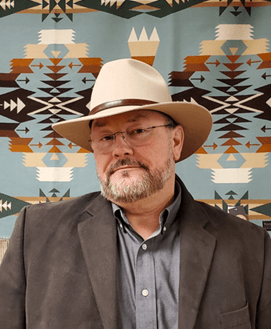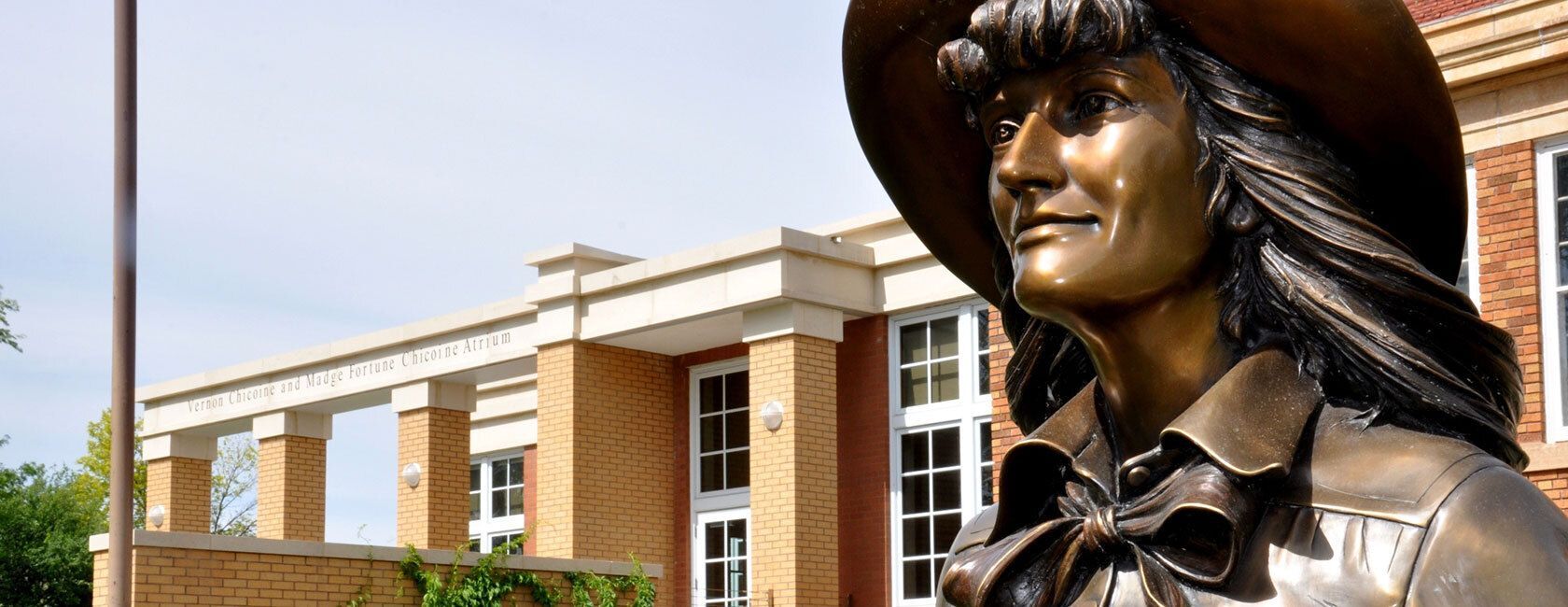2025 Pilster Great Plains Lecture
Thursday, September 18, 2025 at 7:30pm Mountain Time
Chadron State College Student Center Ballroom
“The Northern Cheyenne Homecoming: Reclaiming, Renaming, and Reframing History”
The inspirational story of the 1878 Northern Cheyenne return to their homeland has been studied and shared by many historians over the years. Mari Sandoz was one of the first to take an in-depth look at their ordeal from the perspective of a true ally. Other authors have followed in her footsteps, each tempering their compassion with a more stringent academic analysis and discussion. All of their works have provided valuable insights into Northern Cheyenne history, as well as a better understanding of the broader history of Immigrant/Indigenous relations in the American West. The time has arrived, however helpful as these authors have been, to hear from those on the Indigenous side of that relationship.
Utilizing and building off of the historical record, this presentation endeavors to relate a balanced and factual Northern Cheyenne evaluation of this historic trek. It will showcase recent discoveries and developments that have occurred along the trail as the result of an ongoing archeological survey and a growing tribal commitment to relate what took place from the Northern Cheyenne point of view. This effort actually had its beginning in the early days of the journey itself, when a man named Curley made clear to the soldiers pursuing them the reason why the Northern Cheyenne had left their assigned agency. He shouted at them, “Go back and tell them we are going home.” The Northern Cheyenne did not see their journey as an “Exodus,” or an “Odyssey,” as it’s since been called in the dominant narrative. There are no Cheyenne words for such things. In their minds, and in their hearts, they were simply going home.
The displacement stories of the Cherokee Trail of Tears, the Dine’ Long Walk, and The Nez Perce Flight of 1877, among others, all follow the dominant narrative of a forced removal that ended in devastating loss and sorrow. Many initially believe that the Northern Cheyenne Homecoming story also follows that same narrative, however, a closer look reveals that the sacrifice and loss of those involved resulted in the achievement of their goal as identified by Curley – meaning that which has been framed as a great tragedy is instead a most remarkable victory. Given that understanding, and considering the collective sentiment that history is told by the victor, it is long past time that the Northern Cheyenne shared their own accounts of their great success. This is only one Northern Cheyenne account of that triumph, but it is presented out of respect for Curley’s request.
Gerry Robinson, 2025 Pilster Lecturer
Northern Cheyenne Tribal Member and Historian/Writer

Gerry Robinson is a Northern Cheyenne tribal member and historian who was raised at the heart of the Northern Cheyenne Indian Reservation in southeastern Montana. His book, The Cheyenne Story: An Interpretation of Courage, won the 2019 Western Heritage Award for Outstanding Western Novel. It is the first book in a trilogy he is writing that shares the tragic, yet inspiring story of his ancestor’s exile to Indian Territory in the late 1800’s and their determined struggle to return to their homeland in the northern plains.
Motivated by a love for his cultural heritage, encouraged by family and friends and supported by many dedicated allies, Robinson’s ongoing research has led to the discovery of multiple forgotten sites along the path of his ancestor’s extraordinary trek. In addition, he is currently involved in a pair of trail projects that acknowledge his ancestors and their heroic effort – The Northern Cheyenne Healing Trail, a 2.5-mile interpretive trail to commemorate their 1879 escape from Fort Robinson, NE, and The Northern Cheyenne Homecoming Trail, a multi-state project to identify the 1,100-mile, route taken by the Northern Cheyenne during their epic flight north and to have it recognized it as a National Historic Trail.
His writing can be found in The Great Plains Quarterly, Annals of Wyoming, Wyohistory.org, Yellow Medicine Review, Many Mountains Moving, and elsewhere.
About the Pilster Great Plains Lecture
In 2006, the late Esther Pilster gave a gift of ranchland in northwest Nebraska near Whitney in Dawes County, to the Mari Sandoz Heritage Society. The gift, which established an endowment with the Mari Sandoz Heritage Society, was a tribute to her late husband Raleigh, who grew up on the ranch, and his parents John and Grace Pilster. As a beloved teacher and school administrator for 44 years, Esther served 29 years as principal at Boyd Elementary School in Omaha. Esther wanted her gift to honor the courage and tenacity shown by Raleigh’s parents and others who lived on the Great Plains. The Pilster Great Plains Lecture Series and other programs are funded by the Pilster endowment.

